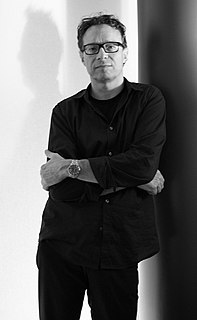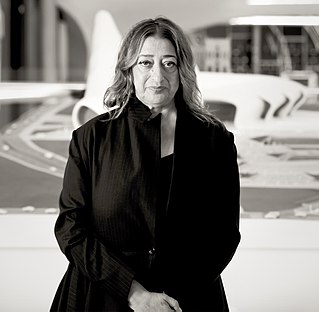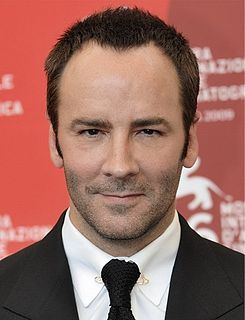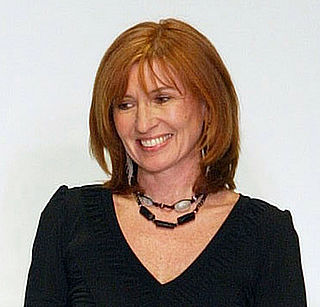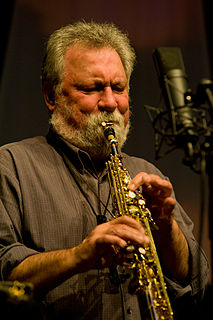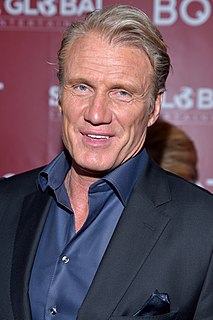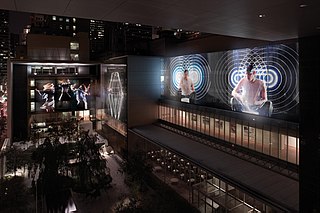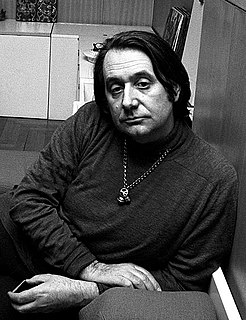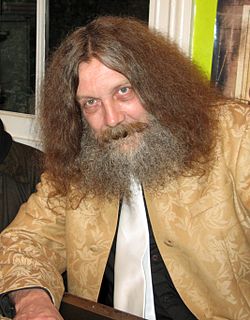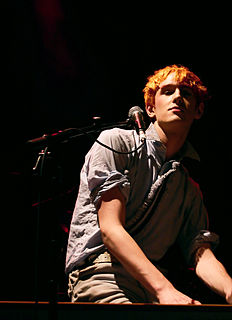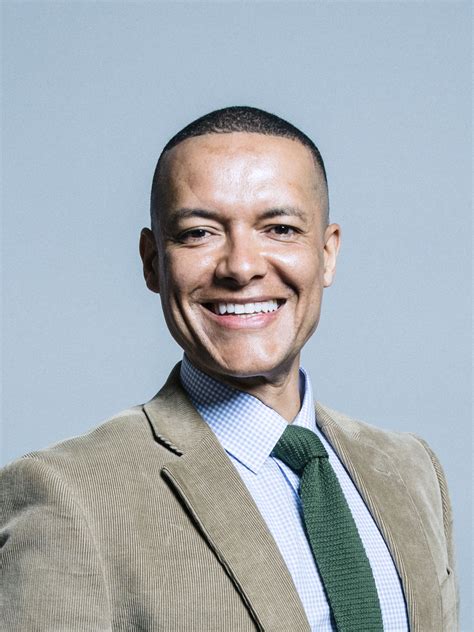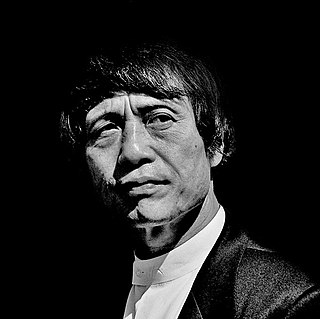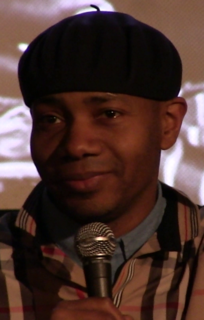Цитата Марко Брамбилла
Я думаю, что в Америке есть свободный поток между модой, искусством, архитектурой, музыкой и дизайном. Думаю, в Европе эти разные дисциплины более разделены.
Связанные цитаты
Между едой и модой всегда существует прямая связь — дизайнеры всегда делали на них принты с едой. Овощи, фрукты, яблоки. Есть несколько красивых отпечатков, которые были сделаны с фруктами с течением времени. Я думаю, что еда и рестораны со временем становятся все более и более модными. Это больше похоже на моду, чем мода на еду. Я не думаю, что мода стала настолько ориентированной на еду в обратном аспекте, но я думаю, что вся пищевая промышленность стала очень ориентированной на дизайн. Я думаю, что это хороший способ собрать вещи вместе.
Геометрия раскрывает пять направлений развития приложений (каждое с бесконечными возможностями); перегородки, жилища, эстакады, оконные и художественные инсталляции. Я считаю, что эти разрешенные конструкции отражают постоянно меняющийся мир, где контекстуальные факторы и технологические ресурсы меняют определения архитектуры, дизайна и традиционных границ между дисциплинами.
Фотография действительно состоит из линий, как и одежда. Я работал на Оберто Гили пару лет после того, как перешел в ICP; мы работали в сфере моды, путешествий, дизайна интерьера, во всем. Я был вдохновлен его выбором стиля в фэшн-фотографии, и я думаю, что этот опыт помог мне направить меня к фэшн-дизайну. Я люблю фотографию как средство массовой информации, поэтому я думаю, что всегда буду черпать из нее вдохновение.
Это похоже на то, что список воспроизведения iPod убил наше представление об обычном альбоме, так что давайте думать об этом как о том, что вы просто заходите в свой музыкальный магазин, и все эти категории и все эти различные способы разделения музыки были выброшены в окно, так что разница между мной в реальной жизни в том, что я противоположный.
